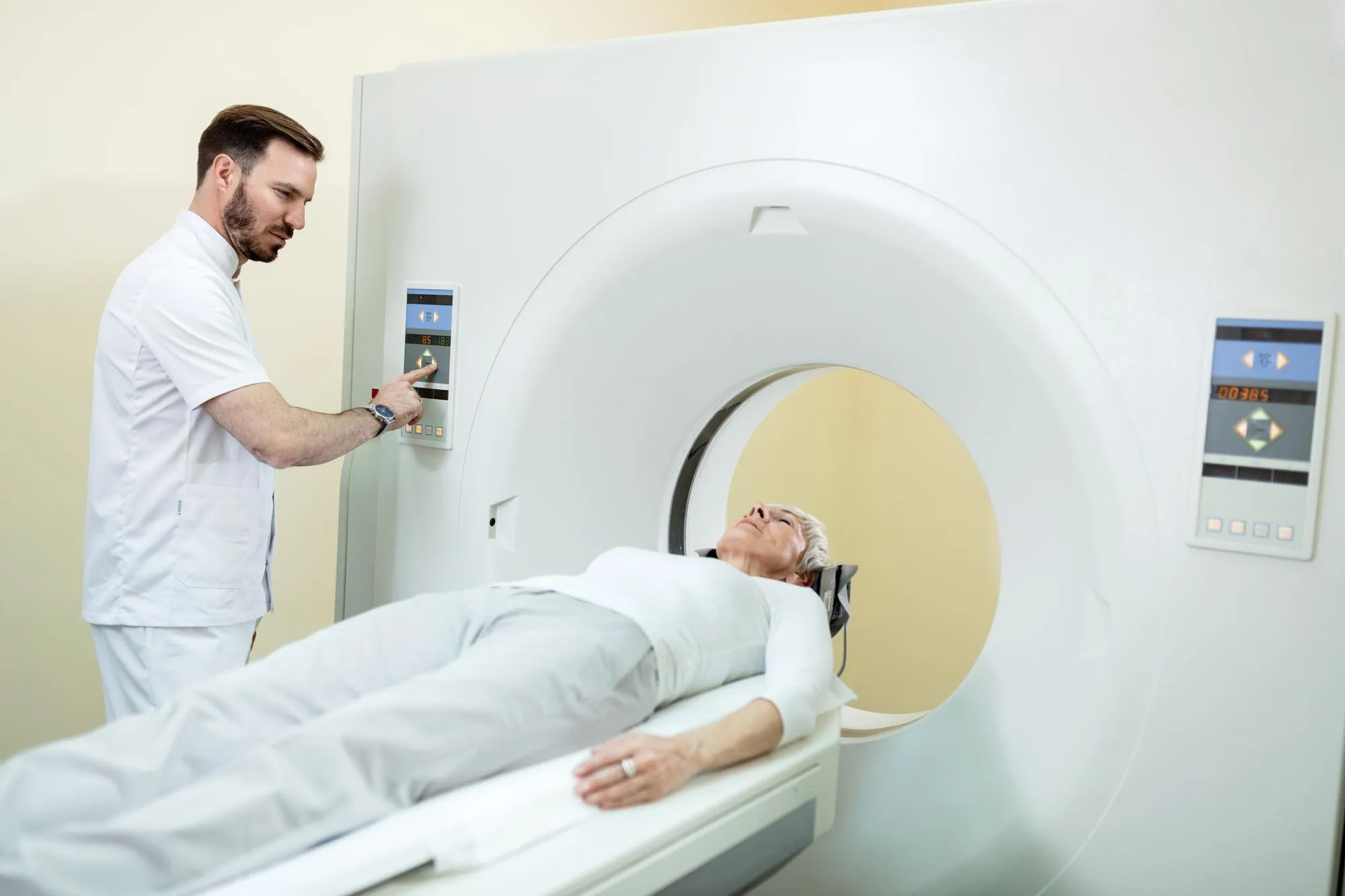Keywords
1. Radiographers Justification Role
2. Medical Imaging Justification Study
3. Radiation Protection in Imaging
4. Diagnostic Radiography Professional Issues
5. Justification in CT and MRI
In recent years, the scrutiny of medical imaging procedures has been heightened, not just for their clinical necessity but also from the perspective of radiation protection. Justification—the process of ensuring that the benefits of an imaging examination outweigh the possible harm from radiation exposure—is a principle enshrined by the International Commission on Radiological Protection (ICRP). A newly published study in the “Journal of Medical Imaging and Radiation Sciences” has brought into focus the critical role radiographers play in this context, elucidating their attitudes, responsibilities, and the need for discourse on the topic.
The study, conducted by a team of researchers in Norway and Denmark, highlights the proactive stance radiographers embrace when assessing the appropriateness of requested imaging exams. Having analyzed responses from 202 professionals across both countries, the authors uncover the underpinnings of a profession keenly aware of its pivotal position in radiation protection.
According to the findings, noted by senior authors Anita F. Reitan, Audun Sanderud and Bo Redder Mussmann, an overwhelming majority (79%) of radiographers acknowledge an obligation to evaluate the justification for imaging, with 86% engaging in this assessment daily. This indicates a clear recognition within the field of the radiographer’s duty to act as a gatekeeper for patient exposure to ionizing radiation.
The research distinguishes between the roles of CT and MRI in justification assessments, with notably different responses than the ensemble of imaging modalities taken into account. This underlines the unique challenges and considerations that these advanced imaging technologies present in the justification process. As expected, radiologists and referring physicians are perceived as primary agents in justification, but crucially, radiographers follow closely behind, underscoring a tripartite responsibility in safeguarding patients’ interests.
An interesting divergence is observed between day and night shifts. The urgency to discuss the necessity of exams peaks during the daytime, correlating with greater access to radiologists and a broader peer network available for consultation. The situation contrasts sharply with night shifts, where both the need for and the opportunity to deliberate on justification wane. This finding necessitates further investigation into the factors influencing such disparity and its implications on patient care during off-peak hours.
What stands out from the study is the self-reported confidence among radiographers in their knowledge and ability to perform justification assessments. Such confidence is paramount, especially considering the extent of their direct involvement in the practical application of this principle. The study, however, recognizes that more research is needed, especially to elucidate the more perplexing patterns of justification practices during different shifts.
The significance of this study cannot be overstated, given the growing reliance on diagnostic imaging in modern healthcare. As the authors aptly point out, ensuring that each patient is subjected to radiation for the right reasons is a multifaceted process where radiographers play an essential role. Their decision-making impact on the appropriateness of imaging referrals is a compelling testament to the importance of radiographer training, continuing education, and professional development.
The methodology of the study, involving the development of a tailored questionnaire verified for content validity by seasoned radiographers and distributed via a secure online data capture solution, ensures both the reliability and the relevance of the findings. The research represents a cross-sectional snapshot that opens avenues for a deeper, longitudinal understanding of justification practices across imaging modalities and healthcare systems.
In conclusion, the study, documented under the DOI 10.1016/j.jmir.2023.12.007, constitutes a pivotal contribution to the ongoing conversations about radiation protection and professional practice in medical imaging. Its publication in the recognized “Journal of Medical Imaging and Radiation Sciences” affirms the necessity for radiographers not only to continually evaluate the need for imaging but also to engage in discourse with peers to ensure that the principle of justification is upheld consistently.
While the study hails from Norway and Denmark, its implications resonate universally, calling for an international dialogue on the role of radiographers in justification. By leveraging their unique position within the imaging team, radiographers can further the agenda of patient safety and contribute to the optimization of medical imaging practices worldwide.
References
1. Reitan, Anita F., Sanderud, Audun, & Mussmann, Bo Redder. (2024). Radiographers’ Role in Justification of Medical Imaging Examinations. Journal of Medical Imaging and Radiation Sciences. doi: 10.1016/j.jmir.2023.12.007
2. International Commission on Radiological Protection (ICRP). (n.d.). ICRP Publication 105: Radiation Protection in Medicine.
3. European Society of Radiology (ESR). (2013). The role of the radiographer in the European Union: a position paper.
4. Health Protection Agency. (2009). Radiation Risks from Medical X-ray Examinations as a Function of the Age and Sex of the Patient.
5. Vom, J., & Williams, I. (2012). Professional and Ethical Issues in Radiography: The Complete Guide.
